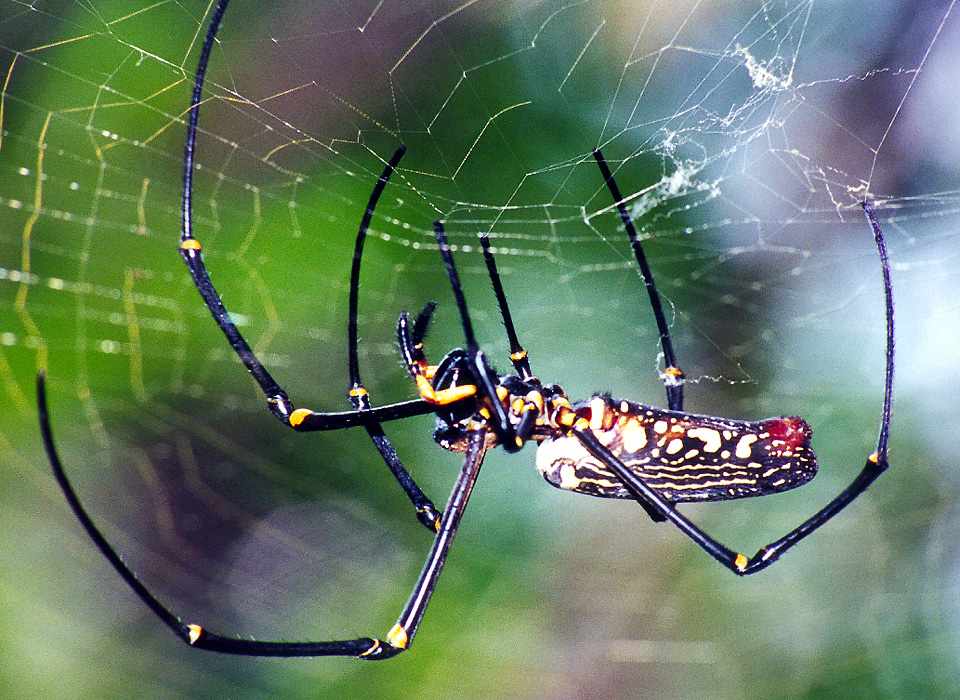Camouflage, mimicry
By: Patrick Milberger
1. Camouflage and mimicry are a form of adaptation that certain animals have to help them survive in the wild. These adaptation have been past down through genes from one generation to the next allowing the animal species to survive and reproduce and again passes on the trait that has keep them alive.
This is call natural selection. Is a form of evolution that states that only the best can survive and reproduce. When an animal with good traits that can help it survive in that area reproduces, its offspring will also have that trait to and hopefully survive and reproduce as well.
2. Examples of camouflage
Camouflage in the wild is used to hide from prey so that they do not get killed and eaten. The use of the correct type of camouflage in the appropriate area is what keeps the animal alive like the tree frog whose gray green coloration on a gray green tree allows it to blend in and avoid being seen.
-Gray tree frogs are one of the best frogs at camouflage. They can blend in to most of their surroundings perfectly which prevents them from being found by predators, so they survive longer and are able to reproduce. Whereas a frog without the camouflage effect who is also sitting on the tree is seen and eaten removing the unhelpful trait from the gene pool.
Both of these frogs are camouflaged to look like the trees they are sitting.


- The Chameleon is one of the best examples of camouflage in the world. It can change its skin color to match its background no matter where it is. This is one of the many defensive abilities that allow the chameleon to survive.


3. Examples of mimicry
Mimicry in the wild is not entirely different form camouflage. In the sense that weaker less harmful animal are camouflaging themselves as a stronger and more dangerous animals. To make predators think they are something that they are not. Most of the animals the use mimicry as protection have no other defenses to protect themselves with, or they have weaker less harmful abilities that are only used to hunt prey.
- One example is the scarlet king snake that is a non- venomous snake. It does not have many defenses to prevent predators from attacking it, but what it does have is the looks of the eastern coral snake that is very venoms and most predators avoid.

- One of the coolest animals that mimic other animals to survive is the mimic octopus.
This octopus has the uncanny ability to morph its body shape to look like different fish in the sea so as to avoid detection by predators. These animals can manipulate their body to both look and act like other animals, such as the sea snake, lionfish, flatfish, brittle stars, giant crabs, sea shells, stingrays, jellyfish, sea anemones, and mantis shrimp.

This particular octopus is posing as a flat fish.

Natural selection is a type of evolution that makes the most since to me instead of animals randomly gets a trait that helps them survive natural helps pick those creature most likely to survive in one particular area. And they then multiply and spread that trait to those of there kind allowing there species to survive over the long course of time.
http://en.wikipedia.org/wiki/Mimic_Octopus
http://www.csmonitor.com/2002/0305/p18s02-hfks.html
http://www.littlemiami.com/index021406.html
http://www.mun.ca/biology/scarr/2900_Natural_Selection_in_the_Wild.htm
http://www.carsam.com/Chameleon.html
http://www.cites.org/gallery/species/reptile/canopy_chameleon.html

















